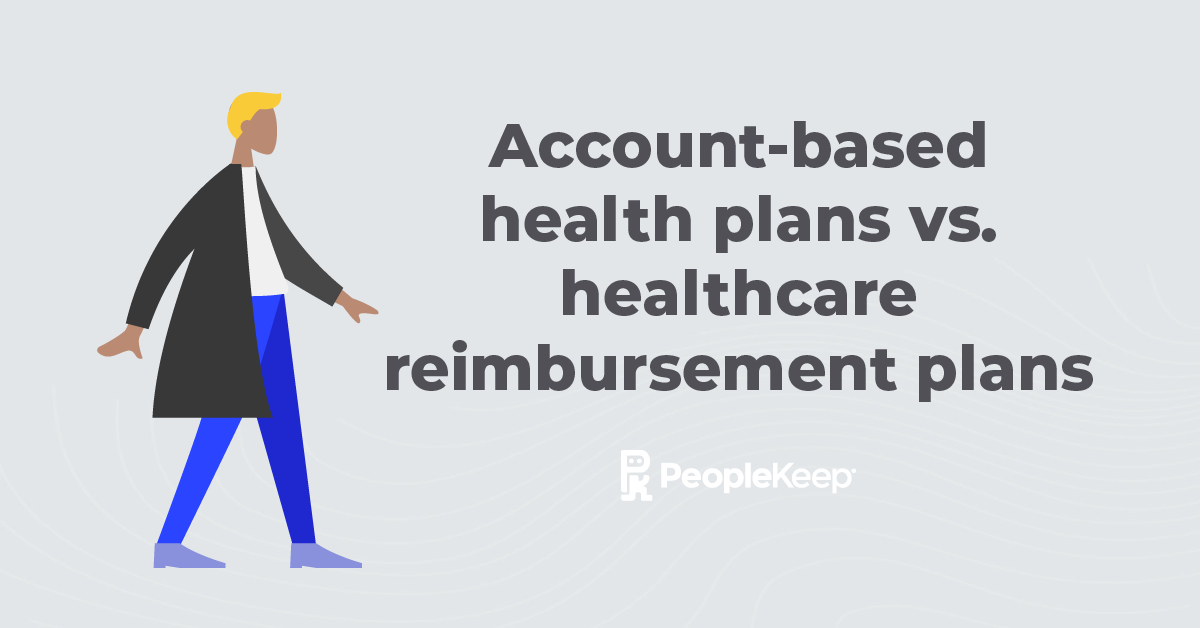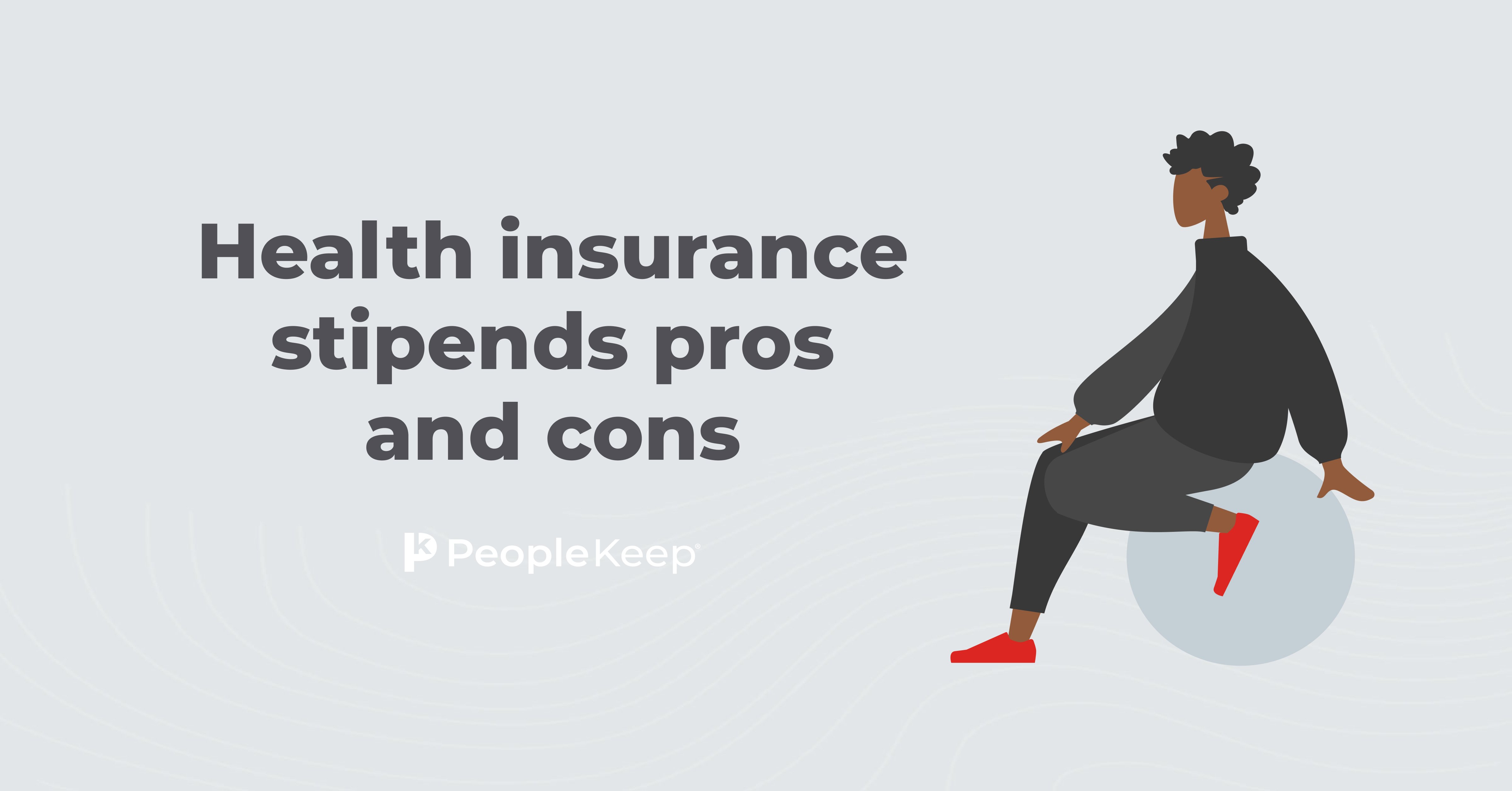History of U.S. Health Insurance - Why Most Americans Get Health Benefits from Employers
By PeopleKeep Team on July 7, 2010 at 12:37 PM
Prior to World War II, most Americans paid for their own medical care, either directly to their chosen provider or through Blue Cross nonprofit health insurance entities, which were created by hospitals to offer individuals guaranteed service in return for a fixed fee. Back then, health insurance was really insurance—providing payment only for major items like hospitalizations that people could not afford to pay for themselves. Many employees purchased their own individual or family health insurance policies, sometimes called personal health insurance policies, just like they do today with homeowners, auto, and life insurance.
During World War II, government leaders and economists were greatly concerned with potential postwar inflation. They had seen firsthand what happened in Germany after World War I, and blamed Hitler’s rise to power on Germany’s postwar inflation and economic ruin.
To avoid inflation, the U.S. Congress and President Roosevelt instituted wage and price controls during World War II and were determined to maintain them after the war.
In 1945, in order to politically grant a concession to labor without appearing to violate wage and price controls, the federal government exempted employer-paid health benefits from wage controls and income taxation—in effect allowing off-the-books raises for employees in the form of nontaxable health benefits.
This was economically equivalent to giving employees cash for their medical expenses, cash that employers and employees legally didn’t have to report to the IRS. This unreported off-the-books compensation in the form of health benefits created an enormous tax advantage for employer-sponsored group health benefits over personal health insurance policies and incidental medical expenses purchased by employees with their own after-tax dollars. Employers received a 100% federal, state, and city tax deduction for the cost, and health benefits received by employees were exempt from individual federal, state and city taxation.
This created an up to 2-for-1 tax advantage (depending on the income tax bracket of the employee) for employer health benefits provided by employers versus health benefits, including personal health insurance policies, purchased by employees themselves.
Today, most employers offer their employees group health benefits and typically pay 60%-100% of the cost for employees who participate. Group employer health care costs (and group insurance premiums) have been increasing the past five years at 3-4 times the rate of general inflation.
In response to the rising costs of group coverage, employers have been reducing health benefits, increasing the employee (and especially dependent) cost to participate, or even cutting out health benefits entirely. An increasingly popular way to counteract the rising costs of group coverage and to maintain employee benefits is with tax-advantaged benefit programs such as HRAs, FSAs, and HSAs.
Check out more resources
See these related articles

Account-based health plans vs. healthcare reimbursement plans
We go over account-based health plans and health reimbursement plans, their pros and cons, and when they can work for your business and employees.

Pros and cons of group health insurance
In this post, we’ll discuss group health insurance, cover its pros and cons, and go over health benefit alternatives that can work for your organization.

Health insurance stipends pros and cons
In this article, we’ll discuss the pros and cons of health insurance stipends, best practices, and a tax-free way to offer your employees’ insurance.


